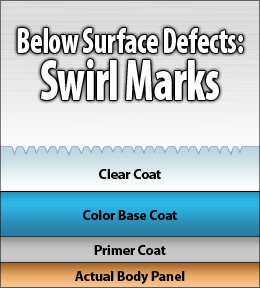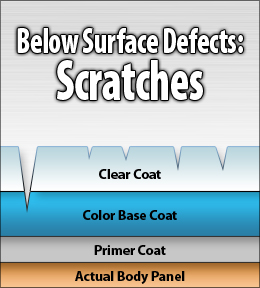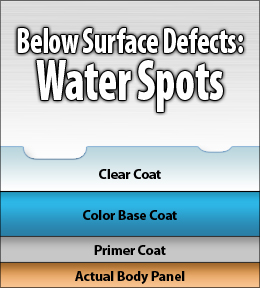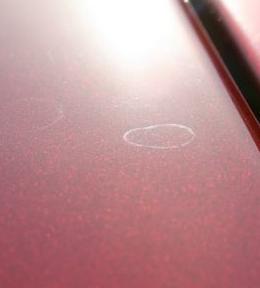^^^ my way of saying use the search button.. If op did any type of search he'd realize his question was...we'll you figure it out. If I put wax on my car will it fall apart? I mean c'mon
Search functions on forums are often useless if you don't know exactly what you are looking for. On this forum, for example, it does NOT search phrases.
That means "Does polishing remove clearcoat" would;
omit 'does'
search all threads with the word 'polishing'
search all threads with the word 'remove'
and search all threads with the word 'clearcoat'.
It will NOT search only threads with all THREE words.
By searching that at this moment, you'll find a thread about a car damaged by buffing. Well, actually- it was damaged by an incompotent body shop using a rotary buffer and wool pad. But how would a newbie understand the difference between a rotary with an aggressive wool pad, and the 'newbie friendly', safe techniques taught on this forum?
The next thread is a 'which buffer is best for me' thread, followed by threads relating to everything from orange peel to wax. Best part? This thread doesn't even appear on the whole first PAGE of search results when searching 'Does polishing remove clearcoat', despite that being the subject- two pages worth- of this thread.
Someone who KNOWS what they are looking for will be able to find good information. But a complete newbie wouldn't know what information to toss to the side and what to take in. Searching opens the floodgates to a TON of information that the OP doesn't need.
Granted, topics like this are covered by reading Mike's book, searching the forums, and just browsing/skimming the forums. But here's the thing- sometimes you don't know what's 'common knowledge'. Like having some weird issue with your car that you've never heard of before- you post it on a forum, only to be ridiculed because it turns out to be a 'common problem' and the forum is full of threads (or, more likely, full of dozens of threads you have to search through that have ZERO information and just end with 'use search', so you never actually DO find the information through search).
Not trying to offend or attack or anything; so please don't take it that way. But responses like that aren't helpful, and the basic answer to the question (Polishing removes some amount of clearcoat paint, how much it removes is dependant on the type of tool, pad, and polish or compound) is actually not really any longer or more difficult than your two responses you found the time to give!
OP; I hope you find the answers to your questions. I WOULD suggest searching and skimming the forums, reading Mike Phillips' articles and even picking up a copy of his book. But of course- you probably didn't know there as a guy named Mike Phillips who had tons of articles right here on this forum until you joined this forum and someone told you! So there ya go!





